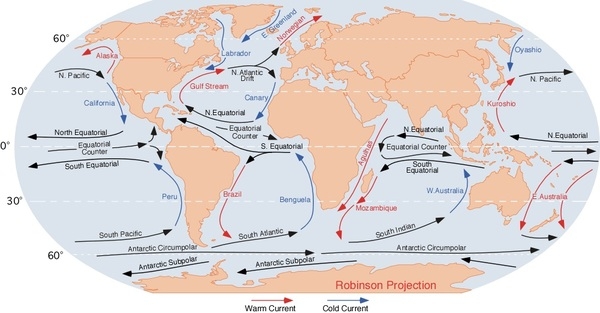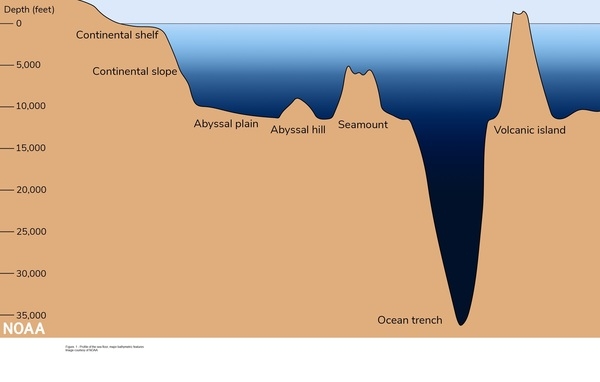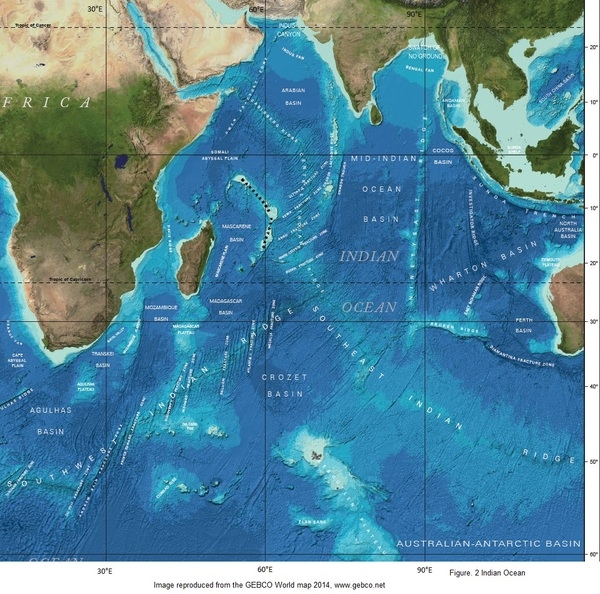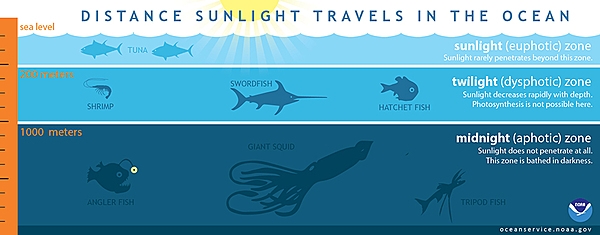Introduction
Background
The Indian Ocean is the third largest of the world's five ocean basins (after the Pacific Ocean and Atlantic Ocean, but larger than the Southern Ocean and Arctic Ocean). Four critically important access waterways are the Suez Canal (Egypt), Bab el Mandeb (Djibouti-Yemen), Strait of Hormuz (Iran-Oman), and Strait of Malacca (Indonesia-Malaysia). The International Hydrographic Organization decided in 2000 to delimit a fifth world ocean basin, the Southern Ocean, which removed the portion of the Indian Ocean south of 60 degrees south latitude.
Visit the Definitions and Notes page to view a description of each topic.
Geography
Location
body of water between Africa, the Southern Ocean, Asia, and Australia
Geographic coordinates
20 00 S, 80 00 E
Area
total : 70.56 million sq km
note: includes Andaman Sea, Arabian Sea, Bay of Bengal, Great Australian Bight, Gulf of Aden, Gulf of Oman, Mozambique Channel, Persian Gulf, Red Sea, Savu Sea, Strait of Malacca, Timor Sea, and other tributary water bodies
Area - comparative
almost seven times the size of the US
Coastline
66,526 km
Climate
northeast monsoon (December to April), southwest monsoon (June to October); tropical cyclones occur during May/June and October/November in the northern Indian Ocean and January/February in the southern Indian Ocean
Ocean volume
ocean volume: 264 million cu km
percent of World Ocean total volume: 19.8%
Major ocean currents
the counterclockwise Indian Ocean Gyre comprised of the southward flowing warm Agulhas and East Madagascar Currents in the west, the eastward flowing South Indian Current in the south, the northward flowing cold West Australian Current in the east, and the westward flowing South Equatorial Current in the north; a distinctive annual reversal of surface currents occurs in the northern Indian Ocean; low atmospheric pressure over southwest Asia from hot, rising, summer air results in the southwest monsoon and southwest-to-northeast winds and clockwise currents, while high pressure over northern Asia from cold, falling, winter air results in the northeast monsoon and northeast-to-southwest winds and counterclockwise currents

Bathymetry
continental shelf: the following are examples of features on the continental shelf of the Indian Ocean (see Figure 2):
Exmouth Plateau
Indus Canyon
The Swatch of No Ground/Ganges Canyon (Bay of Bengal)
Sunda Shelf
continental slope: the following are examples of features on the continental slope of the Indian Ocean (see Figure 2):
Bengal Fan
Indus Fan
abyssal plains: the following are examples of features on the abyssal plains of the Indian Ocean (see Figure 2):
Arabian Basin
Crozet Basin
Madagascar Basin
Mid-Indian Basin
Mozambique Basin
Wharton Basin
mid-ocean ridge: the following are examples of mid-ocean ridges on the floor of the Indian Ocean (see Figure 2):
Central Indian Ridge
Davie Ridge
Southeast Indian Ridge
Southwest Indian Ridge
undersea terrain features: the following are examples of undersea terrain features on the floor of the Indian Ocean (see Figure 2):
Andaman-Nicobar Ridge
Chagos-Laccadive Ridge
Kerguelen Plateau
Madagascar Plateau
Mascarene Plateau
Mozambique Plateau
Ninetyeast Ridge
ocean trenches: the following are examples of ocean trenches on the floor of the Indian Ocean (see Figure 2):
Java/Sunda Trench (deepest point in the Indian Ocean)
atolls: the following are examples of atolls in the Indian Ocean (see Figure 2):
Bassas da India
Chagos Archipelago/Diego Garcia
Europa Island
Juan de Nova Island
Lakshadweep Islands
Maldive Islands
Seychelles


Elevation
highest point: sea level
lowest point: Java Trench -7,192 m unnamed deep
mean depth: -3,741 m
ocean zones: the ocean is divided into three zones based on depth and light level; sunlight entering the water may travel about 1,000 m into the oceans under the right conditions, but there is rarely any significant light below 200 m
euphotic zone: the upper 200 m (656 ft) is also called "sunlight" zone; only a small amount of light penetrates beyond this depth
dysphotic zone: between 200 m (656 ft) and 1,000 m (3,280 ft), and also called the twilight zone; the intensity of light rapidly dissipates as depth increases, and photosynthesis is no longer possible
aphotic zone: below 1,000 m (3,280 ft) and also called the midnight zone; sunlight does not penetrate to these depths

Natural resources
oil and gas fields, fish, shrimp, sand and gravel aggregates, placer deposits, polymetallic nodules
Natural hazards
occasional icebergs pose navigational hazard in southern reaches
Geography - note
major chokepoints include Bab el Mandeb, Strait of Hormuz, Strait of Malacca, southern access to the Suez Canal, and the Lombok Strait
Environment
Environmental issues
marine pollution from ocean dumping, improper waste disposal, and oil spills; oil pollution in Arabian Sea, Persian Gulf, and Red Sea; threats to coral reefs; loss of biodiversity; endangered marine species
Climate
northeast monsoon (December to April), southwest monsoon (June to October); tropical cyclones occur during May/June and October/November in the northern Indian Ocean and January/February in the southern Indian Ocean
Marine fisheries
the Indian Ocean fisheries are the third most important in the world, accounting for 15.5%, or 12,220,000 mt of the global catch in 2020; tuna, small pelagic fish, and shrimp are important species in these regions; the Food and Agriculture Organization delineated two fishing regions in the Indian Ocean:
Eastern Indian Ocean region (Region 57) is the most important and the fifth-largest-producing region in the world with 8.4%, or 6,590,000 mt, of the global catch in 2020; the region encompasses the waters north of 55º South latitude and east of 80º East longitude, including the Bay of Bengal and Andaman Sea, with the major producers including India (2,362,481 mt), Indonesia (1,940,558 mt), Burma (1,114,777 mt), Bangladesh (877,837 mt), and Sri Lanka (373,369 mt); the principal catches include shad, skipjack tuna, mackerel, shrimp, and sardinellas
Western Indian Ocean region (Region 51) is the world’s sixth-largest-producing region with more than 7.1% or 5,630,000 mt of the global catch in 2020; this region encompasses the waters north of 40º South latitude and west of 80º East longitude, including the western Indian Ocean, Arabian Sea, Persian Gulf, and Red Sea, as well as the waters along the east coast of Africa and Madagascar, the south coast of the Arabian Peninsula, and the west coast of India; major producers include India (2,207,125 mt), Oman (580,048 mt), Pakistan (341,730 mt), and Mozambique (274,791 mt); the principal catches include skipjack and yellowfin tuna, mackerel, sardines, shrimp, and cephalopodsRegional fisheries bodies: Indian Ocean Tuna Commission, Commission for the Conservation of Southern Bluefin Tuna, Regional Commission for Fisheries (Persian Gulf/Gulf of Oman), Southeast Asia Fisheries Development Center, Southwest Indian Ocean Fisheries Commission, South Indian Ocean Fisheries Agreement
Government
Country name
etymology: named for the country of India, which makes up much of its northern border

